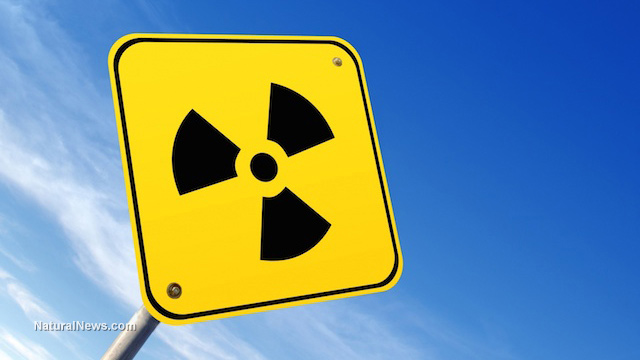Australia is mulling over the construction of a gigantic nuclear waste storage facility in the southern part of the country, according to a Royal Commission report that was published this week.
South Australia is sparsely populated, and houses one of the biggest uranium deposits on the planet. Nuclear advocates feel it is the ideal site for a nuclear power plant as well as a nuclear waste dump.
A multi-national facility of this magnitude would bring the region a huge influx of cash. In fact, estimates place the potential economic benefits over the course of the next 120 years at $73.5 billion for the region, and another $188 billion for the government, which would largely come from other countries paying for their nuclear waste disposal.
In addition, the facility is expected to create 4,500 full-time jobs for its construction, and 600 full-time jobs for its operation.
The Australian government is supporting the commission’s report, and is ready to work with South Australia if they opt to go forward with the plan.
The Director General of the World Nuclear Association, Agneta Rising, said, “The existence of a multi-national waste facility based in South Australia would grant a welcome option for many countries operating nuclear facilities today. Far from it being the case that there is ‘no solution’ to nuclear waste, we are now seeing multiple viable alternatives.”
Some people believe that gathering nuclear waste together in one site makes it easier to secure, control and keep track of, minimizing the possibilities of widespread radiation exposure across multiple cities, and reducing the chances of these dangerous materials getting into the wrong hands and used in a dirty bomb.
However, others feel that the health concerns of radiation exposure are simply not worth it. Campaigner Dave Sweeney of the Australian Conservation Foundation said, “The promise of dollar signs seems to have blinded the commission to the known danger signs. High-level radioactive waste is a long-term environmental threat, not a short-term business opportunity.”

